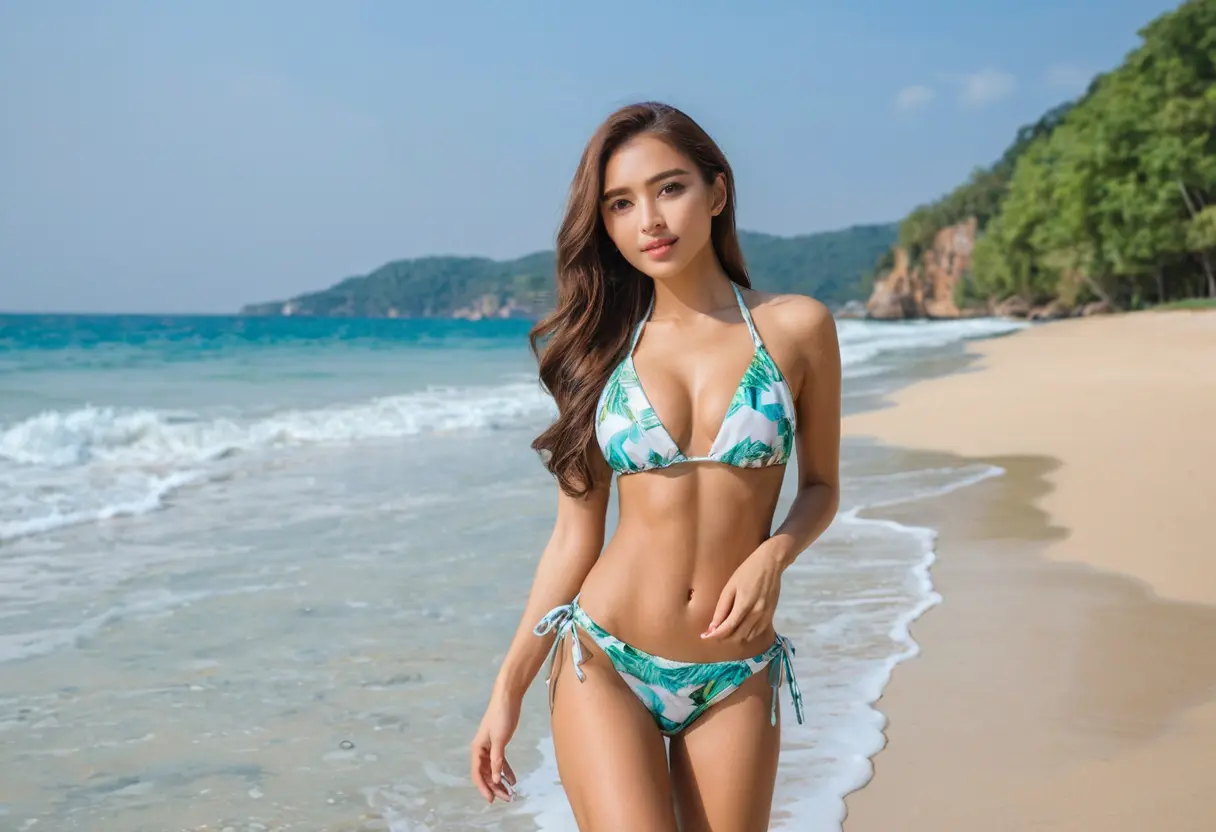
Artificial Intelligence (AI) is transforming many industries, and one area where its impact is particularly significant is in the realm of image editing, especially within fashion and art. In recent years, AI-powered tools have revolutionized how designers, photographers, and artists approach image manipulation, allowing them to create stunning visuals with unprecedented efficiency and creativity. From automated image enhancements to innovative style transfer applications, AI is reshaping the way fashion and art are presented to the world. This article will explore the various ways AI technology is influencing image editing for fashion and art, examining the benefits, challenges, and future potential of these cutting-edge tools.
One of the most significant ways AI is impacting image editing is through automation. Traditional image editing often requires hours of manual work, but AI tools are making many tasks faster and more efficient. For example, AI algorithms can now automatically adjust lighting, color balance, and sharpness to improve the overall quality of an image. These tools save professionals significant amounts of time, allowing them to focus on more creative aspects of their work.

AI-powered tools for automation include:

These automated functions not only streamline workflows but also ensure a higher level of consistency across a large volume of images, which is particularly useful in industries like fashion, where maintaining a cohesive brand image is crucial.

In the fashion industry, AI is being utilized to enhance both creative processes and personalization. Designers now have access to powerful AI tools that can generate new designs, suggest color palettes, and even predict upcoming fashion trends based on large datasets. AI-driven algorithms analyze vast amounts of data from social media, fashion shows, and consumer preferences to provide designers with insights into what might be popular in the near future.
AI tools in fashion include:
AI’s ability to enhance creativity and provide data-driven insights is giving fashion designers more room to innovate and experiment with new ideas. It is also enabling brands to create more personalized experiences for consumers, which is becoming increasingly important in a competitive retail market.
The influence of AI is also strongly felt in the art world. Artists are leveraging AI to create entirely new forms of digital art, which blend human creativity with machine learning. AI programs like DeepArt and Artbreeder are designed to generate artwork by learning from vast collections of existing art styles and producing unique outputs based on algorithms. These tools open up new possibilities for both traditional and contemporary artists, allowing them to push the boundaries of their work.
How AI is revolutionizing art includes:
By integrating AI into the creative process, artists can explore new techniques and push the boundaries of their craft. The collaborative relationship between human artists and AI is producing innovative works that challenge traditional notions of art and creativity.
Looking forward, AI technology will continue to evolve and further disrupt image editing in both the fashion and art industries. As machine learning algorithms become more advanced, AI tools will become even more intuitive and capable of handling complex creative tasks. The future holds exciting potential for AI-driven applications that could predict trends with even greater accuracy, create hyper-realistic visuals, and even collaborate with artists in real-time to produce interactive, dynamic works of art.
Emerging trends in AI include:
The possibilities for AI in fashion and art image editing are virtually limitless. As the technology continues to improve, we can expect to see even more innovative tools that will change the way we think about design, creativity, and the future of visual arts.
In conclusion, AI is rapidly transforming the landscape of image editing in fashion and art, offering tools that streamline workflows, enhance creativity, and introduce new levels of personalization. From automating mundane tasks to unlocking innovative artistic possibilities, AI is proving to be an invaluable resource for professionals across both industries. As technology advances, the potential for AI to reshape the way we create, share, and experience visual content is only just beginning. The future of fashion and art image editing is bright, and AI is playing a pivotal role in unlocking new dimensions of creativity and efficiency.